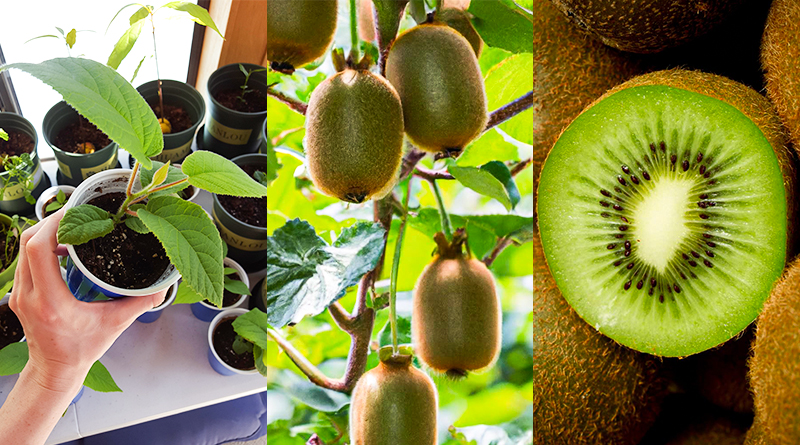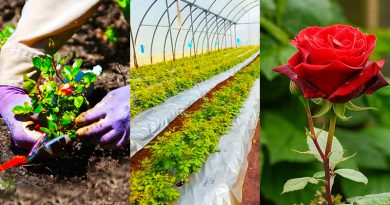Growing Kiwi Fruit: So Easy than You Think
Kiwi is a delicious and nutritious fruit, being particularly rich in vitamin C. It grows on climbing vines, not trees, and bear heart-shaped leaves and pretty white flowers. The fruits may seem exotic, but there are several varieties that will fruit in the UK if grown in a warm, sunny, sheltered spot. Kiwi fruit can be planted to cover a wall, fence, pergola or unsightly shed, as long as they get plenty of sunshine and warmth. It makes attractive plants, with large, often velvety leaves, furry shoots. Creamy-white fragrant flowers and downy or smooth oval fruits that develop over the summer and into autumn.
Growing Kiwi
Most kiwi varieties are hardy from USDA zones 5-9, but if you live where it gets very cold in the winter season. Your best bet is to plant Russian selections like Natasha, Tatyana and Ananasnaja. These Russian varieties are said to be hardy all the way down to -35 °F. So, grow kiwi fruit in moist but well-drained, slightly acidic soil in full sun, ideally in open ground. They can also be grown in a large pot. The kiwis are hungry plants so mulch with well-rotted manure or compost in spring and feed weekly with a high potash fertilizer in summer. This is especially important if growing in a container.
For planting in a pot, use a peat-free, ericaceous compost and add well-rotted manure or compost for a nutritional boost. Take care to ensure the kiwi sits at the same depth it was growing in its original pot. Backfill with compost and firm gently, then water thoroughly and allow to drain. Tie the existing stems to it as per the instructions below, giving them plenty of space to grow. Aim for a pot size of at least 30l so the roots have plenty of compost to grow into it. Harvest these fruits from August to September.
1 total views, 1 views today




